Mastering Horse Drawing: A Comprehensive Guide
Welcome to the fascinating world of horse drawing! Whether you're a budding artist or a seasoned pro, mastering the art of equine illustration is a journey filled with excitement and discovery. Horses, with their elegant forms and dynamic movements, offer a unique challenge that can greatly enhance your artistic skills. In this comprehensive guide, we'll dive deep into essential techniques and tips that will elevate your horse drawings from basic sketches to stunning representations. Are you ready to gallop into the details?
To create lifelike horse drawings, a solid grasp of horse anatomy is crucial. Think of it as the foundation of a sturdy building; without it, your artwork might crumble. Horses have a complex skeletal and muscular structure that contributes to their graceful appearance. Understanding the key features such as the long legs, powerful neck, and strong back will help you capture their essence on paper. Pay attention to how the bones and muscles work together, as this knowledge will allow you to depict movement and posture more accurately.
Mastering proportions is like having a secret weapon in your artistic arsenal. It ensures that your horse drawings appear realistic and balanced. So, what are the standard measurements that define a horse's body? Typically, the horse's head-to-body ratio is around 1:4, meaning the head is about one-fourth the length of the body. Additionally, the legs should be long and proportionate to the torso to convey the horse's strength and agility. Understanding these ratios will help you create more accurate depictions.
The horse's head is a focal point in any drawing. Its unique features, including the eyes, ears, and muzzle, play a significant role in conveying the animal's personality. When drawing the head, pay close attention to the overall shape, which is often more elongated than you might expect. The eyes should be positioned about one-third down the length of the head, giving your horse a thoughtful expression. Remember, capturing the essence of a horse's character often starts from its head.
Did you know that eye placement significantly affects the expression and character of your drawing? The eyes are often referred to as the 'windows to the soul,' and this holds true for horses as well. Positioning the eyes slightly forward on the head can give your horse a more alert and lively expression, while placing them further back can create a more serene look. Experiment with different placements to see how it changes the overall feel of your artwork.
The muzzle adds character to a horse's face, making it a crucial element to detail. When illustrating the muzzle, focus on the texture and shading to create depth. The nostrils, often flared in excitement, can be highlighted to enhance realism. A well-drawn muzzle not only brings your horse to life but also adds an emotional connection to your artwork. Don’t forget to observe real horses to understand the nuances of their features.
Understanding the horse's body proportions is essential for a balanced drawing. The torso should be strong and muscular, while the legs should be long and elegant. Pay attention to the tail as well; it adds to the overall balance of the horse's silhouette. When you sketch, think about how each part of the horse relates to the others. This harmony in your artwork will create a more believable representation, capturing the majestic spirit of these magnificent creatures.
Different artistic styles can dramatically change the portrayal of a horse. From hyper-realistic to whimsical abstract, the style you choose will influence not only how you draw but also how your audience perceives your work. Take some time to explore various styles and see which resonates with you. Do you prefer the meticulous detail of realism, or do you find freedom in stylization? Understanding your artistic voice is key to creating compelling horse illustrations.
Deciding between realism and stylization can be like choosing between a straightforward path and a winding road. Both have their benefits and challenges. Realism requires patience and precision, while stylization allows for creative expression and interpretation. Consider what aligns with your artistic goals. If you’re aiming to evoke strong emotions, stylization might be your best bet. On the other hand, if you want to showcase technical skill, realism could be the way to go.
Capturing movement is key to bringing your horse drawings to life. Horses are dynamic creatures, and illustrating their various gaits—walking, trotting, and galloping—can convey a sense of energy and vitality. To illustrate movement effectively, study how horses move in real life. Pay attention to their posture, the position of their legs, and how their bodies shift. By incorporating these elements into your drawings, you can create artwork that resonates with the viewer, almost as if the horse is about to leap off the page!
- What materials do I need to start drawing horses? You can start with basic materials like pencils, erasers, and sketch paper. As you progress, consider investing in colored pencils or paints for more depth.
- How can I improve my horse drawing skills? Practice is key! Regularly sketch horses from different angles and in various poses. Studying horse anatomy and observing real horses can also help.
- Is it necessary to draw horses realistically? Not at all! While realism has its place, feel free to explore your own style and interpretation. Art is about expression, so let your creativity flow!
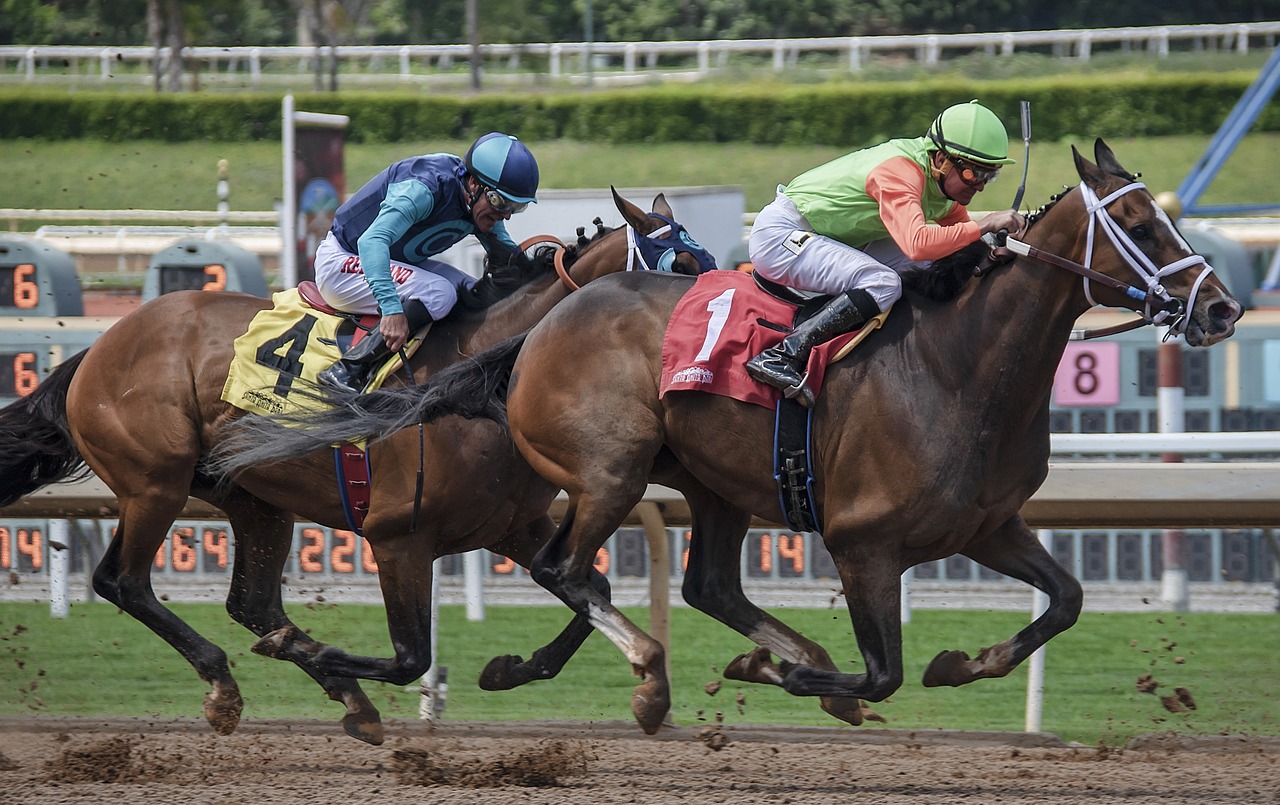
Understanding Horse Anatomy
When it comes to drawing horses, having a solid grasp of their anatomy is absolutely crucial. Think of it like building a house; if you don’t have a strong foundation, everything else will crumble. Horses, with their elegant forms and powerful muscles, have unique skeletal and muscular structures that define their beauty and grace. By understanding these structures, you can create drawings that are not only accurate but also lifelike and captivating.
The horse's anatomy can be broken down into several key components that every artist should be familiar with:
- Skeletal Structure: The skeleton provides the framework for the horse's body. It consists of numerous bones, including the skull, vertebrae, ribs, and limbs, all of which work together to support the horse's weight and allow for movement.
- Muscular System: Muscles cover the skeleton and are responsible for the horse's movement. Understanding how muscles connect to bones and how they work during various activities is essential for depicting realistic motion in your drawings.
- Key Features: Important anatomical features such as the neck, back, legs, and tail contribute significantly to the horse's overall appearance. Each of these elements has its own unique characteristics that can affect the way the horse is perceived in your artwork.
One of the most fascinating aspects of horse anatomy is how the different parts work together. For instance, the horse's neck is not just a long extension of its body; it plays a vital role in balance and movement. A horse uses its neck to maintain equilibrium while running, and understanding this can help you draw a horse in motion more accurately. Similarly, the legs are not just sticks; they are complex structures made up of bones, tendons, and muscles that allow for powerful strides.
When you start your drawing, pay particular attention to the horse's proportions. Horses come in various breeds, each with its own unique features and body shapes. For instance, a Thoroughbred will have a different body structure compared to a Clydesdale. This is where studying the horse's anatomy becomes even more important, as it allows you to capture the essence of the breed you are portraying.
To illustrate, here's a simple
| Bone | Description |
|---|---|
| Skull | Protects the brain and supports the facial structure. |
| Vertebrae | Comprises the spine, providing flexibility and support. |
| Ribs | Protects vital organs and aids in breathing. |
| Limbs | Supports the horse's weight and enables movement. |
In summary, understanding horse anatomy is not just about knowing the names of the bones and muscles; it's about grasping how these elements interact to create the graceful and powerful creature we admire. With this knowledge, you will be better equipped to bring your horse drawings to life, capturing the beauty and spirit of these magnificent animals.
Q: Why is understanding horse anatomy important for artists?
A: Understanding horse anatomy helps artists create more realistic and lifelike representations of horses. It allows them to capture the unique features and proportions of different breeds, enhancing the overall quality of their artwork.
Q: How can I improve my knowledge of horse anatomy?
A: You can improve your knowledge by studying anatomy books, observing real horses, and practicing drawing from reference images. Additionally, attending workshops or classes focused on equine anatomy can be beneficial.
Q: Are there specific resources for learning horse anatomy?
A: Yes, there are numerous resources available, including books, online courses, and videos focused on horse anatomy for artists. Some popular titles include "The Anatomy of the Horse" and "Drawing Horses: How to Draw Horses for Beginners."
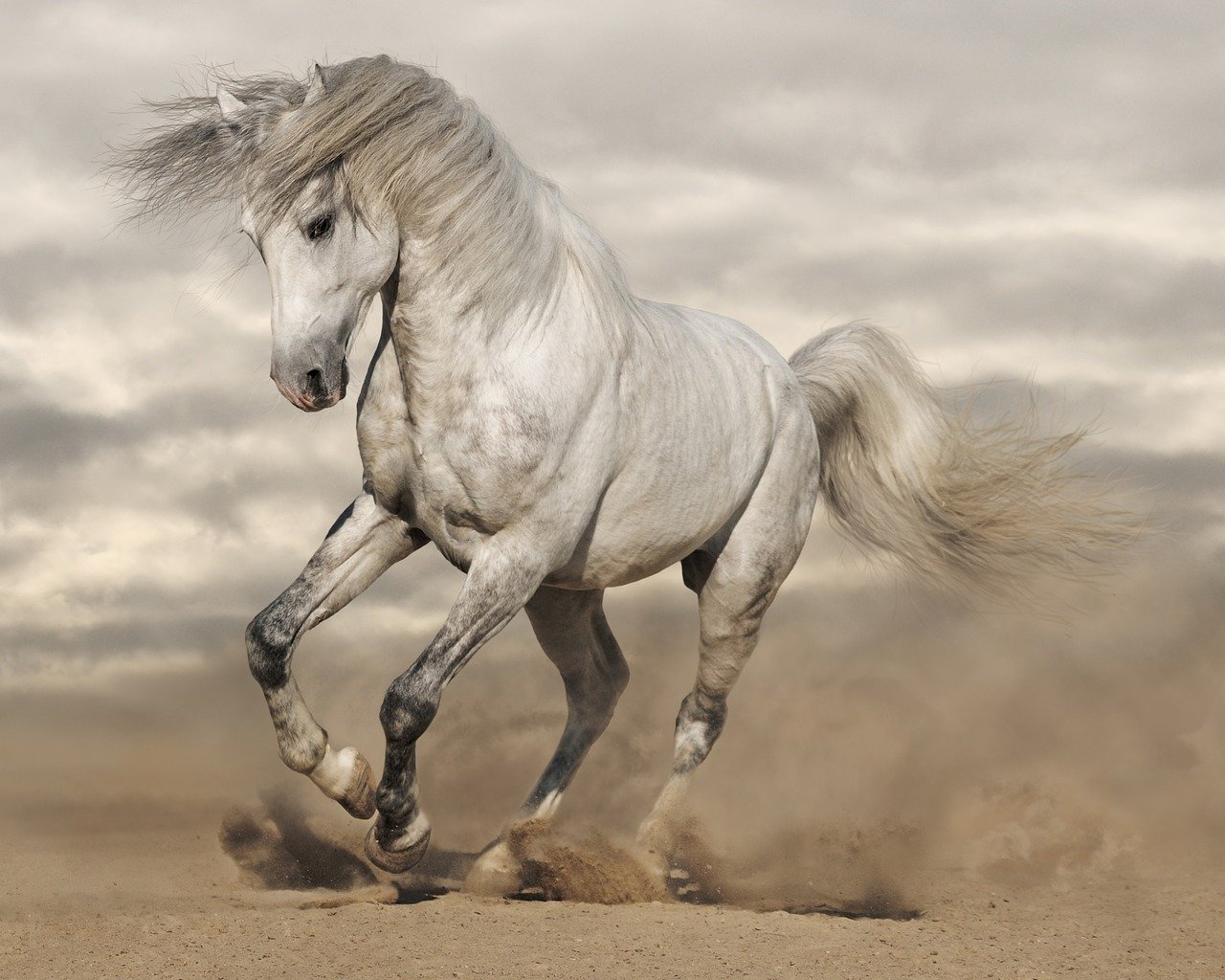
Proportions and Measurements
Mastering proportions is a fundamental step in creating realistic horse drawings. Much like how a sculptor must understand the dimensions of their medium, artists need to grasp the specific measurements that define a horse's body. To achieve a lifelike representation, it’s essential to familiarize yourself with standard ratios and proportions. Did you know that the average horse's head is approximately one-eighth the length of its body? This simple ratio can serve as a guideline as you start sketching. By keeping these measurements in mind, you can create a drawing that not only looks realistic but also captures the essence of the horse.
When it comes to proportions, the horse's body can be broken down into several key sections: the head, torso, legs, and tail. Each of these parts has its own set of measurements that contribute to the overall harmony of your drawing. For example, the length of the front legs typically equals the height of the horse at the withers, while the hind legs are slightly shorter. Understanding these relationships will help you maintain balance and symmetry in your artwork.
To better illustrate the proportions of a horse, consider the following table that outlines the average body ratios:
| Body Part | Average Measurement | Notes |
|---|---|---|
| Head | 1/8 of body length | Focus on capturing the unique features. |
| Neck | About 1/4 of body length | Should be muscular and well-defined. |
| Torso | About 1/2 of body length | The main mass that supports the horse. |
| Legs | Equal to height at withers | Front legs are generally longer than hind legs. |
| Tail | Varies | Length can vary based on breed and style. |
Now, let’s dive deeper into specific aspects of proportions. The head structure is particularly important, as it serves as the focal point of your drawing. The horse's head not only houses its expressive eyes and ears but also plays a crucial role in conveying emotion. The positioning of the eyes can dramatically alter the character of your drawing, transforming a serene horse into a spirited one. Remember, the eyes are typically placed about one-third down the head, which creates a balanced and appealing look.
Next, let’s talk about the muzzle. This part of the horse's face is where a lot of character lies. When detailing the muzzle, consider its texture and shading. The nostrils should be prominent and well-defined, as they add depth and realism to your drawing. A well-drawn muzzle can bring your horse to life, making it feel as if it could step right off the page!
In conclusion, understanding proportions and measurements is not just about numbers; it’s about feeling the horse's form and translating that into your art. As you practice, keep these guidelines in mind, but also allow yourself the freedom to explore and adapt. Remember, every artist has their own unique style, and mastering proportions is just one of the many tools in your artistic toolbox.
- What is the most important proportion to remember when drawing horses?
While there are many important proportions, the head-to-body ratio is often considered the most crucial. Keeping the head at about one-eighth the length of the body helps maintain overall balance. - How can I improve my understanding of horse anatomy?
Studying reference images, observing real horses, and practicing sketches can greatly enhance your knowledge of horse anatomy. - Is it necessary to follow proportions strictly?
While following proportions can help create realistic drawings, don’t be afraid to adjust them to fit your artistic style. Art is about expression!
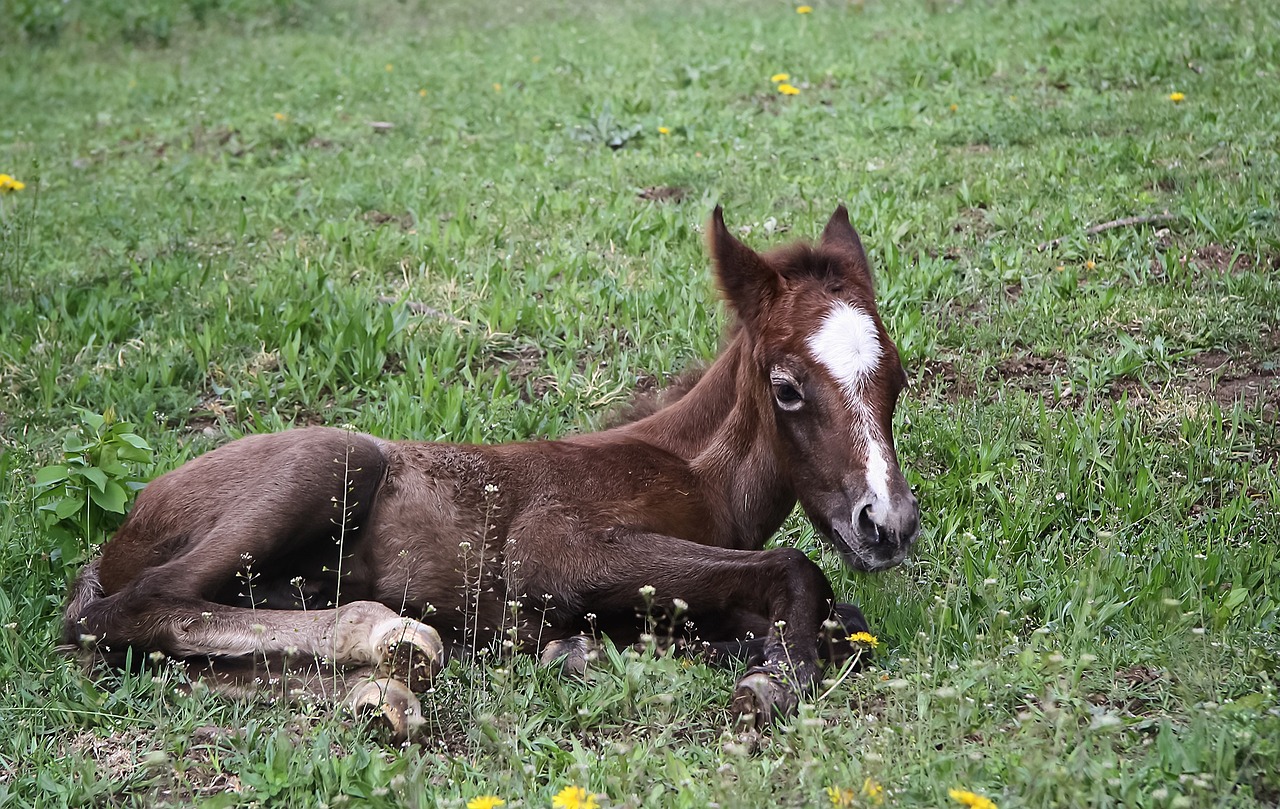
Head Structure
When it comes to drawing horses, the head is often the first feature that captures our attention. It's not just a collection of shapes; it's a canvas of expression, personality, and character. Understanding the unique features of a horse's head can elevate your artwork from mere sketches to lifelike representations. The horse's head is composed of several distinct parts, including the eyes, ears, muzzle, and jaw, each contributing to the overall impression your drawing will convey.
The horse's eyes are particularly fascinating. They are large and expressive, often reflecting the animal's mood and personality. When drawing, pay close attention to the shape and positioning of the eyes. A horse's eye is not just a simple oval; it has depth and dimension. The placement can dramatically change the emotion portrayed in your artwork. For example, a horse with wide-open eyes may appear alert and curious, while narrowed eyes can suggest calmness or even irritation. This subtlety is what makes your drawing resonate with viewers.
Next, let's talk about the ears. Horse ears are incredibly mobile and can indicate a range of emotions, from curiosity to annoyance. When capturing the ears in your drawing, consider their angle and position relative to the head. Ears that are perked up can convey attentiveness, while ears laid back against the head can suggest discomfort or aggression. This nuanced detail can add a layer of realism to your work, making it feel more alive.
The muzzle is another critical aspect of the horse's head. It's not just a simple protrusion; the muzzle is full of character and can tell a lot about the horse's breed and personality. When detailing the muzzle, focus on the texture and shading. Different breeds have distinct muzzle shapes and sizes, so it's essential to research specific characteristics if you're aiming for accuracy. Additionally, pay attention to the nostrils; their shape and size can significantly affect the overall look of the horse. A well-rendered muzzle can draw the viewer's eye and hold their attention.
Finally, don't overlook the jaw and neck connection. The way the head sits on the neck can influence the horse's posture and movement in your drawing. A strong, well-defined jawline can give the horse a sense of power and grace. To enhance your understanding, consider creating a simple table comparing the head structures of different breeds:
| Breed | Head Shape | Muzzle Characteristics |
|---|---|---|
| Arabian | Refined and dished | Short with a prominent nostril |
| Thoroughbred | Long and narrow | Defined with a straight profile |
| Draft | Broad and heavy | Large with wide nostrils |
In conclusion, mastering the head structure of a horse is a vital step in your artistic journey. By paying attention to the subtle details of the eyes, ears, muzzle, and jaw, you can create drawings that not only look realistic but also capture the essence of these magnificent animals. Remember, practice makes perfect, so keep sketching and experimenting with different angles and expressions!
- What is the most challenging part of drawing a horse's head? Many artists find that capturing the eyes and expressions is the most challenging, as they require a keen understanding of anatomy and emotion.
- How can I improve my horse drawing skills? Regular practice, studying horse anatomy, and observing real horses can greatly enhance your skills over time.
- Are there specific breeds I should focus on when learning to draw horses? It’s beneficial to start with breeds that have distinct features, like the Arabian or Thoroughbred, to help you understand variations in anatomy.

Eye Positioning
When it comes to drawing horses, one of the most significant aspects to consider is . The eyes are not just windows to the soul; they are key elements that convey emotion, personality, and even the horse's mood. Placing the eyes correctly can dramatically alter the expression of your drawing, making it either lively and engaging or dull and lifeless. So, how do you achieve that perfect placement?
First, it’s essential to understand the anatomical structure of a horse's head. The eyes are typically located about one-third down from the top of the head, which gives the horse a balanced and proportionate look. If you place the eyes too high or too low, the overall representation can feel off. Additionally, the distance between the eyes is about one eye-width apart. This spacing is crucial for achieving a natural look.
Next, consider the shape and angle of the eyes. Horse eyes are often described as large and expressive, with an almond shape. The angle at which they are drawn can also affect the horse's demeanor. For example, slightly squinting eyes can give a sense of alertness and curiosity, while wide-open eyes may imply surprise or fear. Pay attention to these details; they can make or break the character of your artwork.
Moreover, the eyelids and the surrounding features, such as the brow ridge and the eyelashes, contribute to the overall expression. Adding subtle shading around the eyes can enhance depth and realism, making your horse appear more lifelike. Remember, the eyes should reflect light; a small white spot can create a sense of life and vitality.
To illustrate these concepts more effectively, here’s a simple table summarizing key points about eye positioning:
| Aspect | Details |
|---|---|
| Position | One-third down from the top of the head |
| Distance | One eye-width apart |
| Shape | Almond-shaped, large and expressive |
| Expression | Conveyed through angle and shading |
In conclusion, mastering eye positioning is not just about getting the dimensions right; it's about capturing the essence of the horse. By paying close attention to these details, you can create a drawing that resonates with viewers, pulling them into the world you’ve created. So grab your pencil and start experimenting with different eye placements; you might be surprised at the emotional depth your drawings can achieve!
- What is the best way to practice eye positioning for horse drawings? Regularly sketching from reference photos can help you understand the variations in eye shapes and placements.
- How can I make my horse's eyes look more expressive? Focus on the angle and shape of the eyes, and consider adding highlights for a lifelike effect.
- Are there specific styles that emphasize eye details? Realistic styles often focus heavily on eye detail, while abstract styles may simplify them.
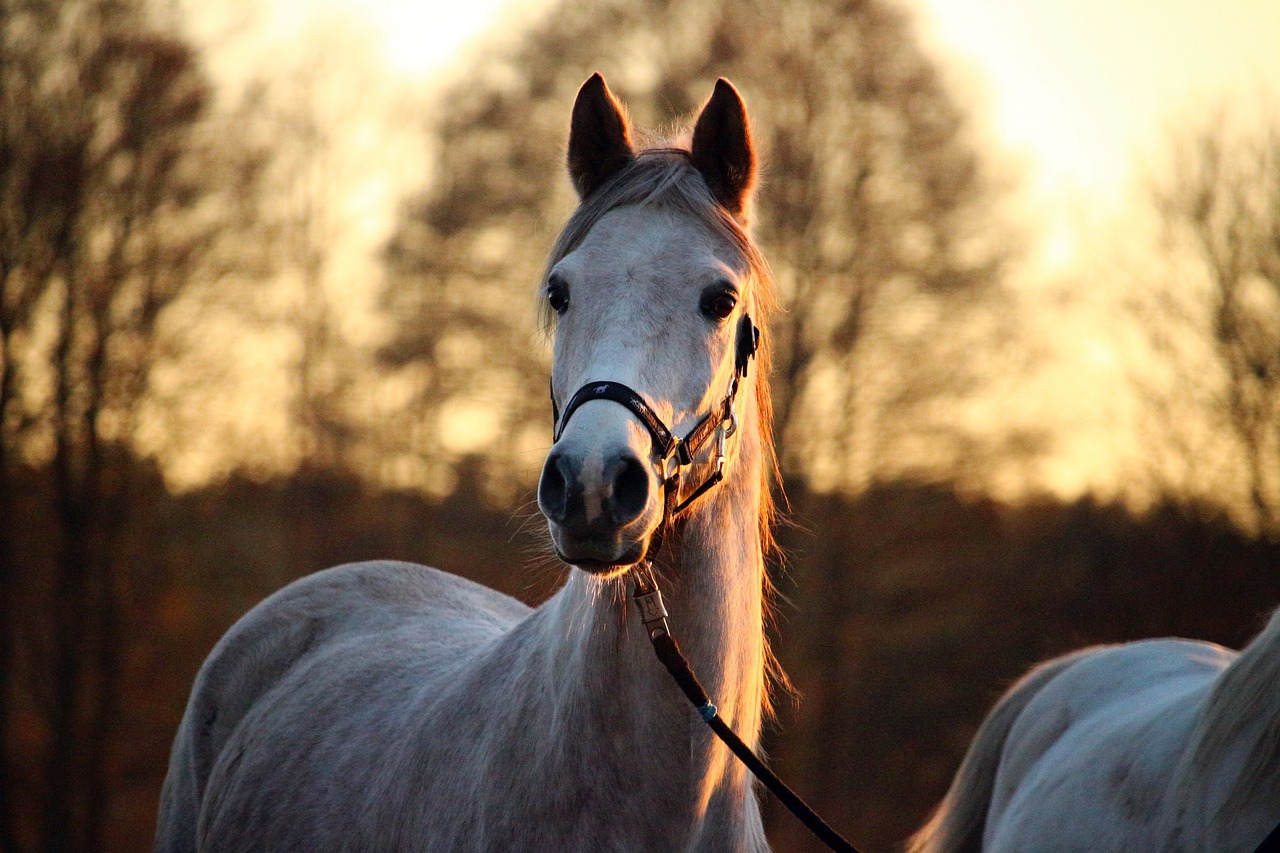
Muzzle Details
When it comes to capturing the essence of a horse in your drawings, the muzzle is a vital feature that adds character and personality to your artwork. The muzzle is not just a simple shape; it's a complex structure that requires careful observation and skillful rendering. To create a lifelike representation, you need to consider various aspects, including texture, shading, and the unique shape of the nostrils.
The texture of the muzzle can vary significantly between different breeds and individual horses. Some horses have a smooth, sleek muzzle, while others may have a coarser texture. To depict this effectively, use varied pencil strokes or brush techniques to convey the differences. For instance, short, quick strokes can indicate a rough texture, while long, smooth strokes can illustrate a softer surface. Pay attention to the light source in your drawing, as it will influence how you shade the muzzle. Areas that catch the light should be lighter, while the shadows will need to be darker, creating depth and dimension.
Another crucial aspect of the muzzle is the shape of the nostrils. The nostrils of a horse are not merely round holes; they have a unique form that can change with the horse's expression and mood. When drawing the nostrils, observe their placement and size in relation to the rest of the head. A well-drawn muzzle can convey a horse’s emotions—whether it’s curiosity, excitement, or calmness. For example, flared nostrils can indicate excitement or alertness, while relaxed nostrils suggest a more laid-back demeanor.
To help you visualize the details needed for an accurate muzzle representation, consider the following table:
| Feature | Description | Drawing Tips |
|---|---|---|
| Texture | Varies by breed; can be smooth or coarse. | Use varied strokes to depict texture. |
| Nostril Shape | Unique to each horse; affects expression. | Observe size and placement carefully. |
| Shading | Creates depth; highlights and shadows are essential. | Consider light source; blend for realism. |
Incorporating these details into your drawing will not only enhance the realism of the muzzle but also contribute to the overall character of your horse illustration. Remember, the muzzle is often the focal point of the horse's face, so investing time and effort into perfecting this feature can make a significant difference in the impact of your artwork.
- What materials are best for drawing horse muzzles? Pencil, charcoal, and pastels are excellent for capturing texture and detail.
- How can I practice drawing muzzles effectively? Start with quick sketches from various angles and progressively add detail as you become more comfortable.
- Are there specific horse breeds to study for unique muzzle features? Yes, breeds like Arabians and Thoroughbreds have distinct muzzle shapes that can be fascinating to draw.

Body Proportions
Understanding the horse's body proportions is essential for achieving a balanced and realistic drawing. Horses, like all animals, have unique measurements that define their overall appearance. A horse's body can be broken down into several key components: the torso, legs, and tail. Each of these parts has specific proportions that contribute to the horse's overall silhouette and structure. For instance, the length of the legs compared to the torso is crucial; typically, a horse's legs make up about 50% of its total height. This balance is what gives the horse its elegant and powerful stance.
When drawing a horse, it's important to visualize these proportions in a simplified manner before adding details. You might think of the horse as a series of geometric shapes: a large oval for the torso, smaller ovals for the head, and elongated rectangles for the legs. This method allows you to maintain proper proportions and create a solid foundation for your drawing. Additionally, consider the horse's stance. Horses can be depicted standing still, in motion, or in various poses, each requiring an adjustment in how you represent their proportions.
Here’s a simple breakdown of the horse's body proportions:
| Body Part | Proportion |
|---|---|
| Torso Length | Approximately 1.5 times the height of the horse at the withers |
| Leg Length | About 50% of total height |
| Head Length | Roughly 1/3 of the neck length |
| Neck Length | About 1/2 of the torso length |
Moreover, it's essential to remember that different breeds of horses may have variations in these proportions. For example, a Thoroughbred will have a leaner, more elongated body compared to a stockier breed like a Quarter Horse. Observing these differences will allow you to create more accurate representations of each horse breed. In practice, this means studying reference photos or even live horses to see how their proportions differ.
Another crucial aspect of body proportions is the positioning of the legs. Horses have a unique way of balancing their weight, and this can be reflected in how the legs are drawn. When a horse is standing, the legs should be positioned directly beneath the body, creating a stable base. However, when in motion, the legs will extend and contract, creating dynamic lines that convey energy and movement. This is where understanding the anatomy of the joints and muscles becomes beneficial, as it helps to depict the natural flow of motion.
In conclusion, mastering the body proportions of horses is a fundamental skill for any artist. By focusing on the key components—torso, legs, and tail—and understanding the variations across different breeds, you can create drawings that are not only accurate but also full of life and character. So grab your sketchbook, and let’s get those proportions right!
- What is the most important aspect of horse drawing? Understanding anatomy and proportions is crucial for realistic representations.
- How can I improve my horse drawing skills? Practice regularly, study real horses, and use reference images to enhance your understanding.
- Are there specific techniques for drawing horse movement? Yes, studying the different gaits and practicing dynamic poses will help capture movement effectively.
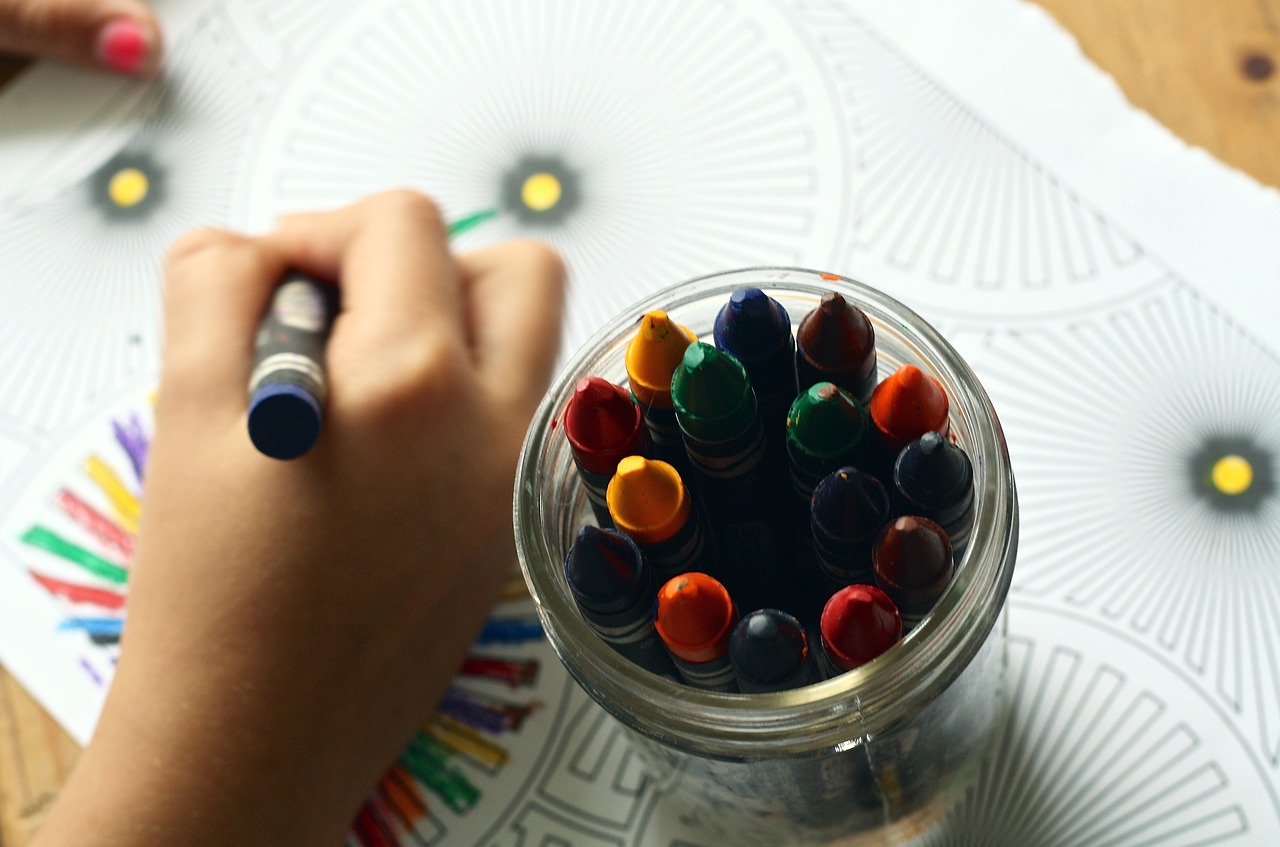
Choosing the Right Style
When it comes to drawing horses, one of the most exciting yet challenging decisions you’ll face is choosing the right artistic style. This choice can drastically alter how your artwork is perceived and can reflect your personal artistic voice. Think of it as selecting the perfect outfit for a special occasion; the right style can enhance your subject's features and convey the emotion you want to express. So, how do you decide whether to go for realism or abstraction?
Realism is often the go-to choice for many artists, especially those looking to capture the intricate details of a horse's anatomy. This style requires a keen eye for detail and a deep understanding of the horse's form. By focusing on accurate proportions and lifelike textures, you can create a drawing that feels almost photographic. However, this approach can be time-consuming and demands a high level of skill. If you're drawn to realism, consider practicing with reference photos to hone your techniques.
On the other hand, stylization offers a world of creative freedom. This approach allows you to exaggerate certain features or play with colors and shapes to convey a mood or theme. For instance, you might choose to emphasize the flowing mane of a horse to evoke a sense of grace and movement. Stylized drawings can range from whimsical and cartoonish to more abstract interpretations, making them a fantastic way to express your unique perspective. If you find yourself gravitating towards this style, experiment with different techniques and find what resonates with you.
Ultimately, the choice between realism and stylization boils down to your artistic goals. Here are a few points to consider when making your decision:
- Your Skill Level: Realism often requires more technical skill, while stylization may allow for more experimentation.
- Intended Audience: Think about who will view your artwork. Are they looking for something traditional or something more modern?
- Personal Preference: Which style excites you more? Your passion will shine through in your work.
Incorporating movement into your horse drawings can also influence your style choice. If you aim to capture the dynamic energy of a galloping horse, a more stylized approach might allow you to exaggerate the motion and create a sense of speed. Conversely, if you prefer a more realistic portrayal, focusing on accurate anatomy and proportions will be essential.
As you explore different styles, don’t hesitate to mix and match elements from both realism and stylization. Many artists find that a hybrid approach allows them to express their vision more fully. Remember, art is about exploration and self-expression, so feel free to let your creativity run wild!
In conclusion, choosing the right style for your horse drawings is a deeply personal decision that can evolve over time. Whether you lean towards realism or stylization, the key is to enjoy the journey of discovery as you develop your skills and find your artistic voice.
Q: How do I know which style suits me best?
A: The best way to determine your style is to experiment! Try drawing horses in both realistic and stylized forms, and see which one resonates with you more.
Q: Can I combine different styles in one drawing?
A: Absolutely! Many artists blend styles to create unique pieces. Don't be afraid to mix elements that you love from both realism and stylization.
Q: What should I focus on when practicing my chosen style?
A: Focus on the key features that define your style. If you're going for realism, practice anatomy and proportions. If you're leaning towards stylization, play with shapes and colors to convey emotion.
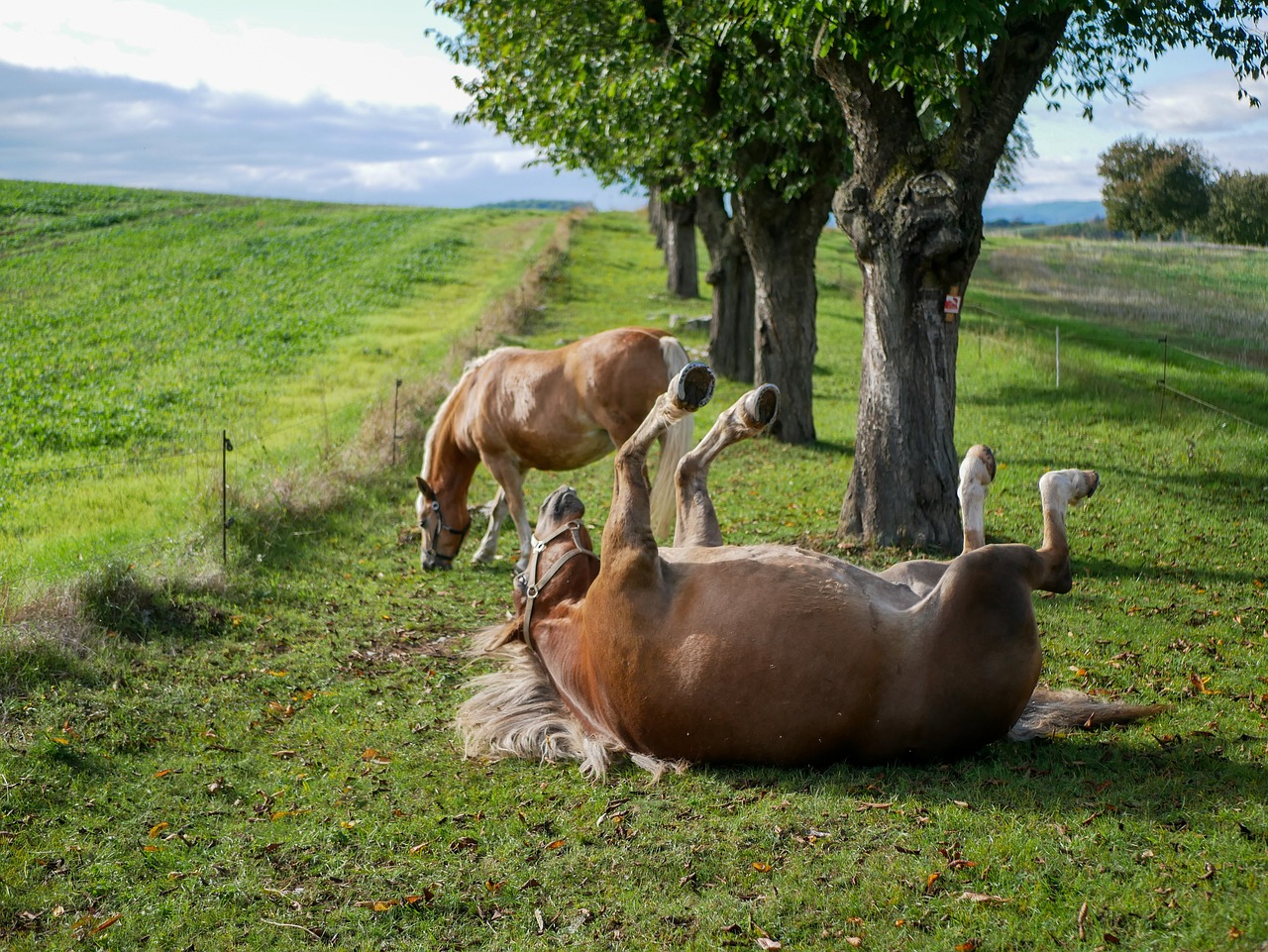
Realism vs. Stylization
When it comes to drawing horses, the choice between realism and stylization can significantly shape your artistic journey. Realism seeks to capture every intricate detail of a horse’s form, from the delicate curve of its neck to the subtle play of light on its coat. It’s like trying to replicate a photograph, where every muscle and sinew is rendered with precision. On the other hand, stylization allows for more creative freedom. It’s akin to capturing the essence of a horse through bold lines and vivid colors, where the focus is less on accuracy and more on expression. This choice often reflects your personal style and the message you wish to convey through your artwork.
One of the key benefits of realism is that it teaches you to observe and understand the horse's anatomy deeply. By studying real horses, you’ll gain insights into their proportions, movement, and unique characteristics. This foundational knowledge can enhance your overall skills, even if you later decide to embrace a more stylized approach. However, realism can also be challenging, demanding a high level of technical skill and patience. You might find yourself spending hours just perfecting the details of a horse’s eye or the texture of its mane.
On the flip side, stylization offers a liberating experience. It encourages you to break away from the constraints of reality and explore your creativity. You can exaggerate certain features, play with colors, and even incorporate abstract elements to convey emotion or mood. For instance, you might choose to depict a horse in a swirling mass of colors to express speed and energy, rather than focusing on the exact shades of its coat. This approach can resonate with viewers on a more emotional level, making your artwork feel alive and dynamic.
To help you decide which approach suits you best, consider the following points:
- Your Artistic Goals: Are you aiming for realism to improve your technical skills, or do you want to express your feelings through stylization?
- Your Audience: Who are you creating for? Understanding your audience can influence whether a realistic or stylized approach will resonate more.
- Medium and Tools: Some mediums lend themselves better to realism (like graphite or oil paints), while others (like markers or digital art) can be more forgiving for stylized work.
Ultimately, the choice between realism and stylization doesn’t have to be rigid. Many artists find a happy medium, blending both styles to create unique interpretations of horses. Perhaps you’ll draw a realistic horse but use stylized colors to convey a certain mood. The beauty of art lies in its flexibility, allowing you to experiment and evolve your style over time.
1. Can I combine realism and stylization in my horse drawings?
Absolutely! Many artists blend both styles to create unique pieces that capture the essence of their subject while allowing for creative expression.
2. Which style is easier for beginners?
Stylization might be easier for beginners as it allows for more freedom and less pressure to achieve perfect accuracy. However, learning realism can provide valuable skills that enhance overall artistic ability.
3. How do I know which style suits my artistic voice?
Experiment with both styles! Create several pieces in each style and see which one resonates more with you. Your personal preferences and the emotions you wish to convey will guide you.
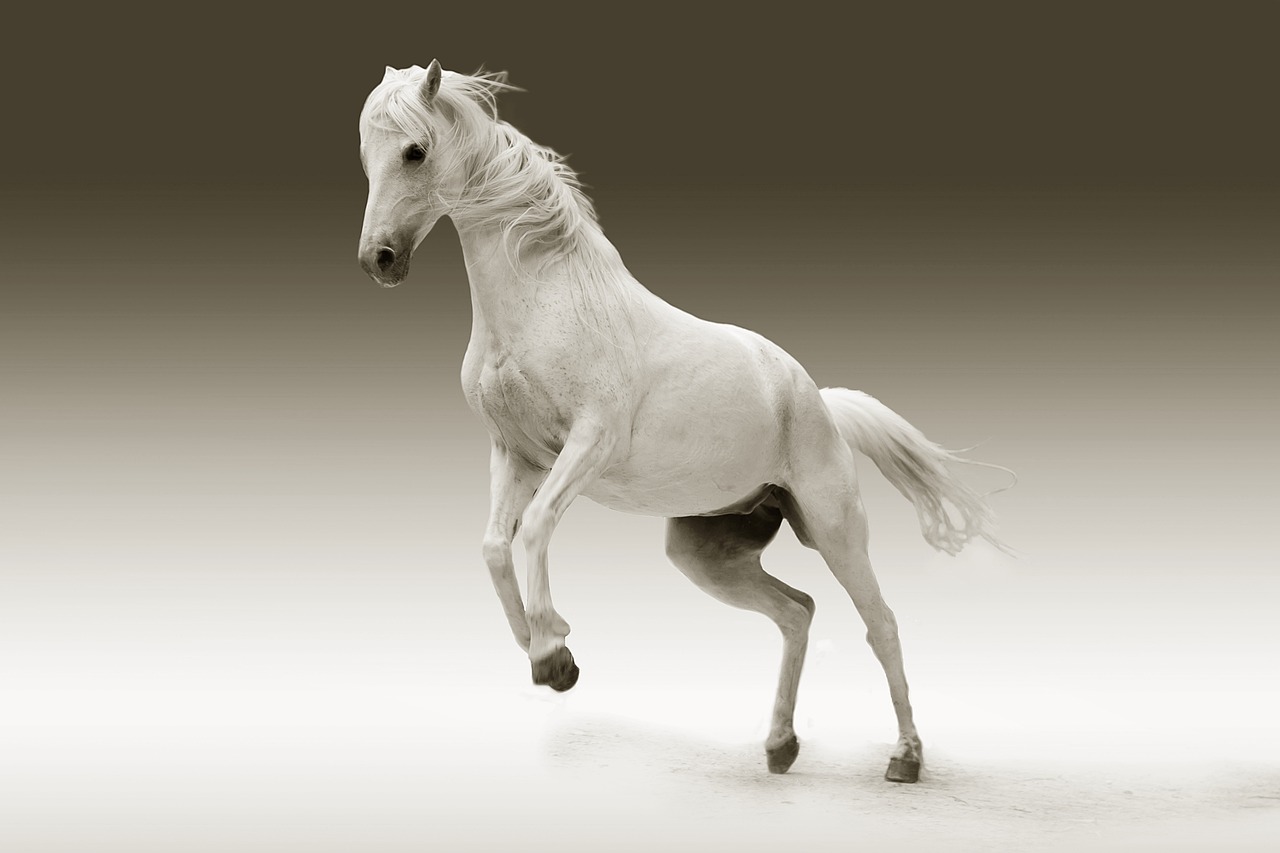
Incorporating Movement
When it comes to drawing horses, one of the most captivating aspects is capturing their dynamic movement. Horses are not just static figures; they are creatures of grace and power, and illustrating their gaits can truly bring your artwork to life. Whether it’s a gentle stroll or a thunderous gallop, understanding how to represent these movements will elevate your drawings to new heights. So, how do you go about this? Let’s dive into the intricacies of depicting motion in your equine art.
First off, it's essential to observe real horses in motion. Watching videos or visiting stables can provide invaluable insights into how horses move. Notice how their muscles flex and stretch, how their legs extend and retract, and how their bodies shift with each stride. This observation is not just about the horse itself; it’s also about the surrounding environment. For instance, a horse galloping on a grassy field will have a different posture and energy compared to one trotting on a sandy beach. Pay attention to these details, as they add depth and realism to your drawings.
Next, let’s break down the common gaits of a horse, which include:
- Walk: A four-beat gait where each hoof hits the ground separately. The horse's head and neck move in harmony with its legs, creating a smooth, rhythmic motion.
- Trot: A two-beat gait characterized by diagonal pairs of legs moving together. This creates a bouncy action that can be challenging to capture but adds vibrancy to your artwork.
- Canter: A three-beat gait that combines speed with grace. The horse will have a distinct lift in its front legs, creating a sense of elegance.
- Gallop: The fastest gait, where the horse's legs stretch out in a powerful motion. Capturing the energy of a galloping horse can be exhilarating and requires a keen eye for detail.
When illustrating these movements, consider using action lines to convey speed and direction. These lines can help guide the viewer's eye and create a sense of flow in your artwork. For instance, if you’re drawing a horse in mid-gallop, you might add lines behind the legs to suggest rapid movement. This technique not only enhances the dynamism of your drawing but also helps to create a more engaging composition.
Another effective way to capture movement is by focusing on the horse's body language. The position of the ears, tail, and neck can indicate whether the horse is relaxed, alert, or in full flight mode. For example, a horse with its ears pricked forward and tail raised is likely excited or curious, while a horse with its ears back and tail tucked may be fearful or agitated. By incorporating these subtle cues into your drawings, you can convey a story and evoke emotions in your audience.
Lastly, don’t forget about the background! A well-chosen backdrop can significantly enhance the sense of movement in your drawing. For instance, adding a blurred landscape can create an illusion of speed, making your horse appear as if it’s racing through an open field. Alternatively, depicting dust clouds or flying mane hair can further emphasize the energy of the moment. Remember, every element in your drawing contributes to the overall narrative, so choose wisely.
In conclusion, incorporating movement into your horse drawings is all about observation, understanding, and creativity. By studying the various gaits, utilizing action lines, paying attention to body language, and enhancing backgrounds, you can create dynamic and lifelike illustrations that capture the essence of these magnificent animals. So grab your sketchbook, head out to observe some horses in action, and let your creativity run wild!
Q: What is the best way to practice drawing horse movements?
A: The best way to practice is by observing horses in real life or through videos. Try sketching them in various gaits to understand their motion better.
Q: Should I focus on realism or stylization when drawing horses in motion?
A: It depends on your artistic goals. Realism captures the true essence of movement, while stylization allows for more creative expression. Choose what resonates with you!
Q: How can I make my horse drawings look more dynamic?
A: Use action lines, focus on body language, and consider the background to create a sense of movement. Experiment with different poses and angles to add excitement to your work.
Frequently Asked Questions
- What are the basic techniques for drawing horses?
When starting out, focus on understanding the horse's anatomy and proportions. Begin with simple shapes to outline the body, then gradually add details like the head, legs, and mane. Practice sketching different angles to get comfortable with the horse's form.
- How important is horse anatomy in drawing?
Horse anatomy is crucial for creating realistic drawings. Knowing the skeletal and muscular structure helps you accurately depict a horse's movement and posture. It’s like having a roadmap; the better you understand the structure, the more lifelike your drawings will be!
- What are some tips for achieving correct proportions?
To achieve correct proportions, use the head-to-body ratio as a guide. Typically, a horse's head is about one-eighth of its total height. Measuring the legs and torso against this ratio can help maintain balance in your drawing.
- How can I make my horse drawings look more dynamic?
Incorporating movement is key! Study different gaits like walking, trotting, and galloping. Use reference images or videos to capture the energy and flow of the horse's movements. Adding flowing lines can also enhance the sense of motion.
- What styles can I choose from when drawing horses?
You can choose from a variety of styles, including realism, impressionism, and abstract art. Each style has its own charm and challenges. Think about what resonates with you and your artistic goals, and don’t be afraid to experiment!
- How do I capture the horse's expression effectively?
Eye positioning is vital for conveying emotion. Pay attention to the shape and placement of the eyes, ears, and muzzle. Small changes can dramatically affect the horse's expression, making it appear more lively and relatable.
- Can I use reference images for drawing horses?
Absolutely! Reference images are invaluable for understanding anatomy, proportions, and movement. They serve as a guide to help you replicate details accurately and can inspire your artistic style.



















